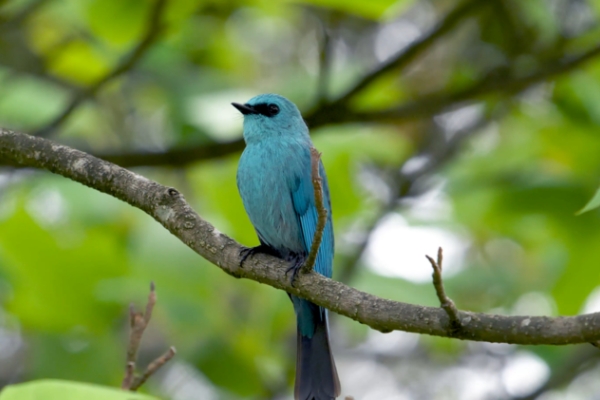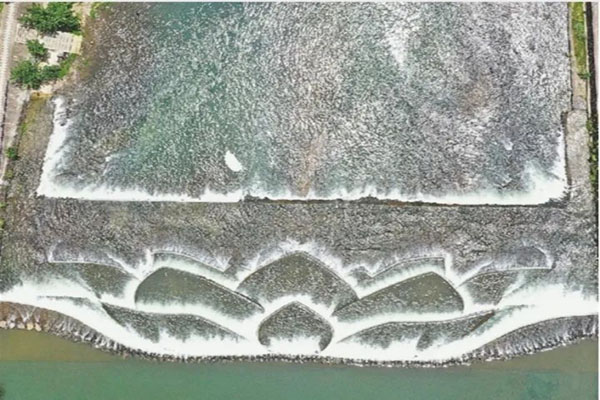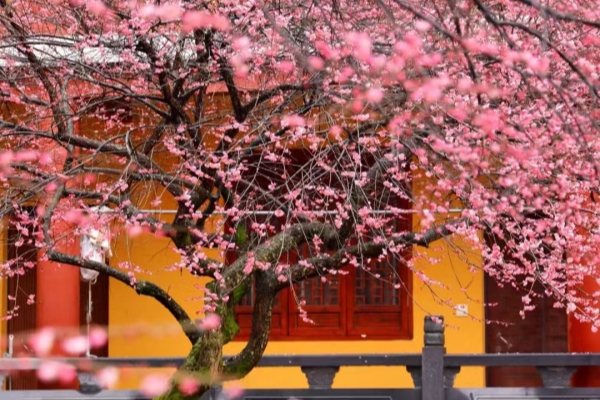Qingtian looks at protecting agricultural heritage systems
An exchange meeting on what are known as globally important agricultural heritage systems in China was held in Qingtian county – administered by Lishui city in East China's Zhejiang province – on Sept 27-28.
According to the Food and Agriculture Organization of the United Nations, globally important agricultural heritage systems – or GIAHS – are outstanding landscapes of aesthetic beauty that combine agricultural biodiversity, resilient ecosystems and valuable cultural heritage. Located in specific sites around the world, they sustainably provide multiple goods and services, food and livelihood security for millions of small-scale farmers.
In Qingtian, managers, experts and enterprise representatives of 15 major GIAHS from 18 regions across China attended the meeting and discussed ways to protect and pass on the systems to future generations.
The meeting aimed to comprehensively promote the excavation, dynamic protection and rational use of these systems.
The traditional rice-fish culture system in Qingtian was listed as a globally important agricultural heritage system in 2005 – the first in China.
The rice-fish culture system represents an ingenious agricultural rice-fish mutuality practiced by farmers over generations.
Instead of using pesticides, herbicides and fertilizers, fish eat plant hoppers and weeds while providing nutrients for the rice.
As they swim in the paddies, they soften the soil and bring oxygen to the water. As reciprocity, the rice plants provide shade for fish.

 Lishui establishes intelligent biodiversity monitoring system
Lishui establishes intelligent biodiversity monitoring system New fungus species discovered in Qingyuan
New fungus species discovered in Qingyuan Lishui transforms weirs to aid fish migration
Lishui transforms weirs to aid fish migration